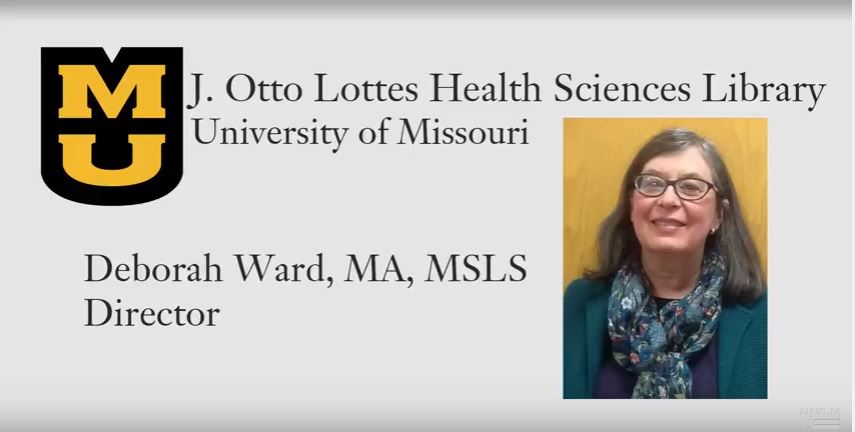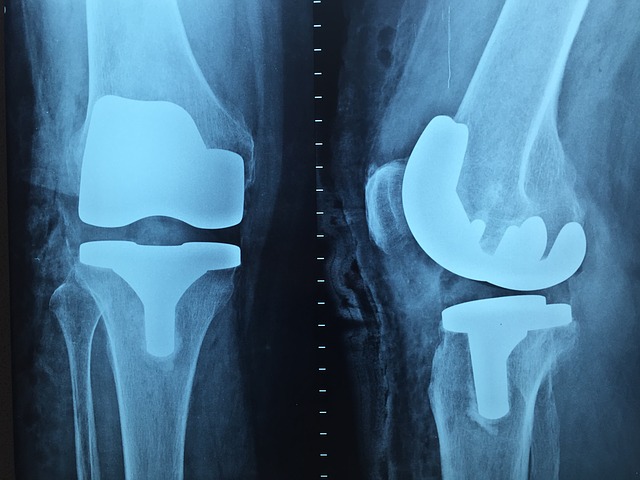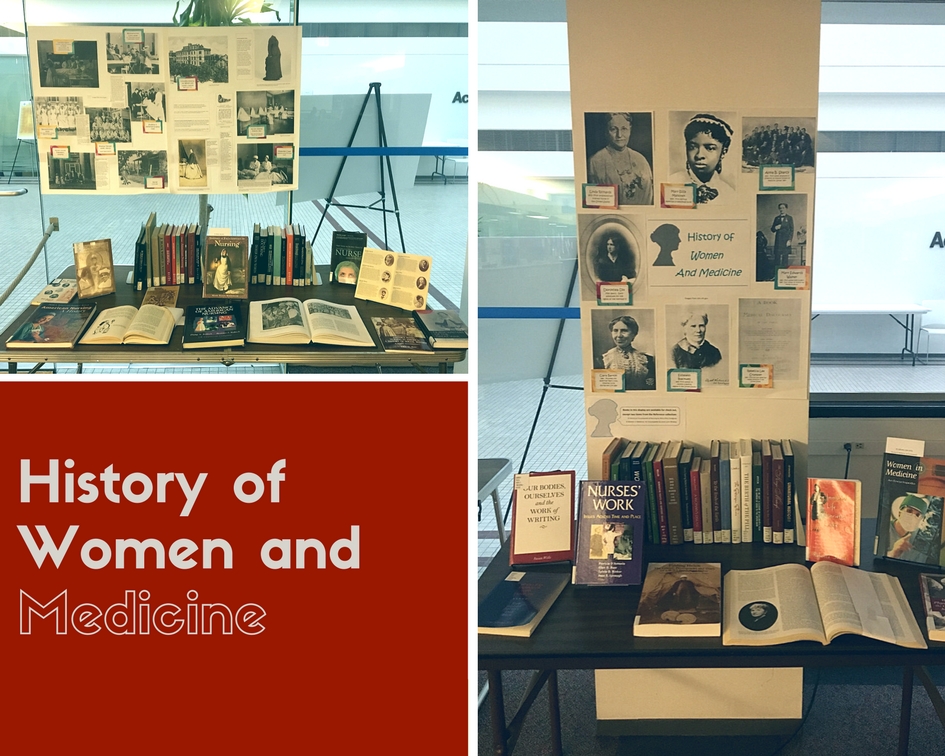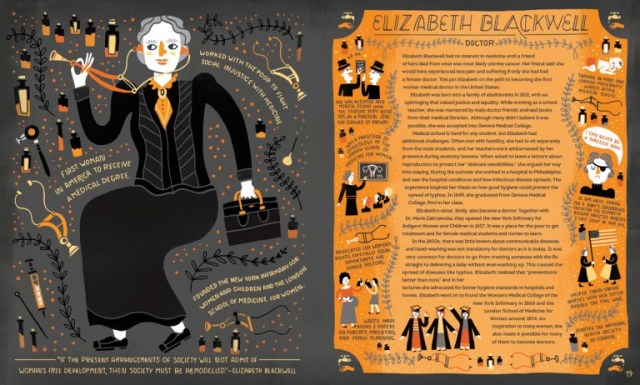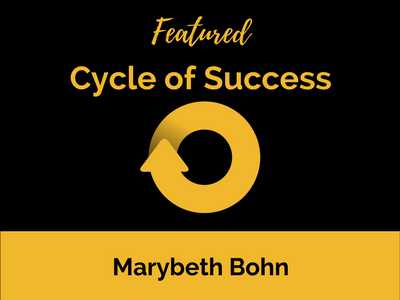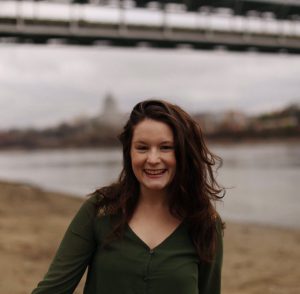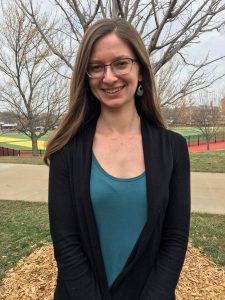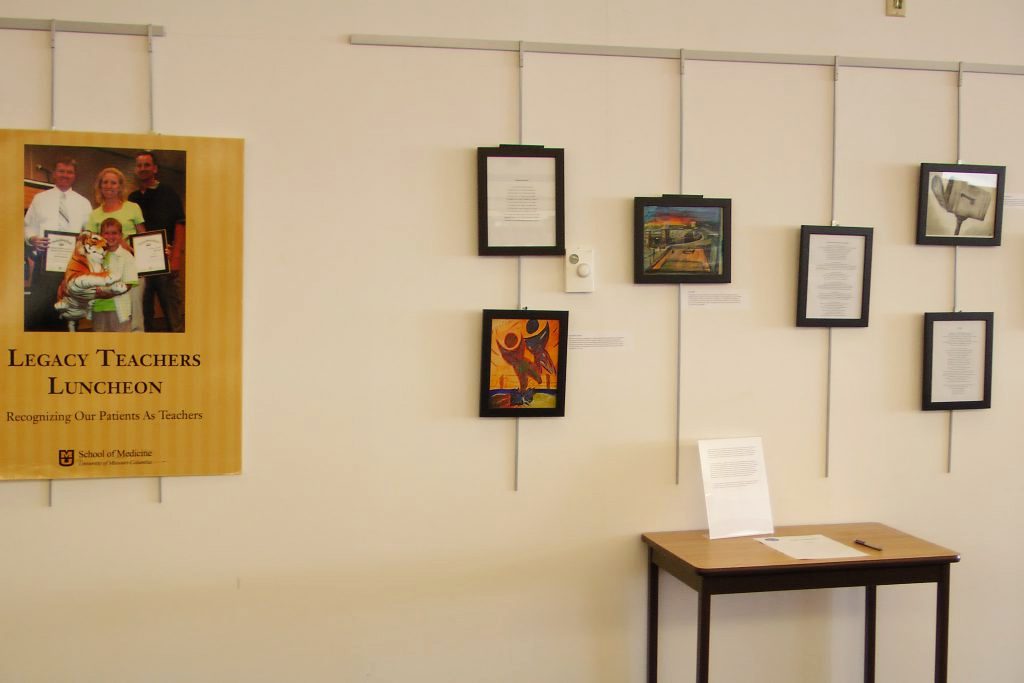As previously announced, as part of the University Libraries $1.2 million collections cut currently underway, the “big deal” journal packages from Elsevier, Wiley, Springer, and Sage were evaluated and renegotiated.
That work is now complete, achieving an additional savings of about $588,000 to count toward the collections cut. This is the latest is a series of cuts affecting the Health Sciences Library collections.
What do these cuts mean for the health sciences?
Delayed access for articles in over 200 journals
As a result of these cuts, instant article access will not be available for over $300,000 in health sciences journals from Wiley, Springer and Sage. While we will retain online access to back issues for the cancelled titles, articles from 2017 forward will need to be requested via Interlibrary loan. Most articles arrive within two business days.
Pay more, keep less
Instant access will be maintained to all of the Elsevier titles. However, in order to balance the budget, 90 titles are being converted from purchase to rental access. Seven of these titles are health sciences journals.
Despite the loss of permanent archival access to articles in these 90 journals from 2017 forward, the total cost of the Elsevier package is still over $1 million dollars a year, and will continue to increase by $50,000+ per year for each of the next 3 years under the terms of the new contract.
Alternate online access
Despite being removed from their respective packages, we will maintain complete online access to current issues for the following titles through alternate routes:
Clinical Rehabilitation (Sage)
The Neurohospitalist (Sage)
Journal of Law, Medicine and Ethics (Wiley)
What can you do?
Hang on to your author rights when you publish. YOU could be our organization’s best defense against a publishing model in which university faculty give away their work over free, or even pay to have it published, and the libraries must then purchase it back from them at ever-increasing prices.
